
Even though it hasn’t even been officially announced yet, the Nintendo Switch 2 is coming and with details from Nintendo still being quite scarce, it’s anyone’s guess as to when the follow-up to the company’s first hybrid console may arrive.
While we initially thought the console would be released this year, new leaks have led us to believe that it will arrive in 2025 as Nintendo wants to avoid the same restock nightmare that occurred with the original Switch in 2017 and then with the PS5 and Xbox Series X in 2020.
All of this uncertainty around what the Switch 2 will actually be has led to all manner of speculation from both media outlets and Nintendo fans alike. While some people would love to see an OLED Nintendo Switch 2, others want a more powerful dock that can give the console a boost when plugged in and connected to a TV.
For me personally though, it’s not about the chip powering the console, the final hardware design, or even whatever gimmick Nintendo decides to go with this time around. Instead, it’s about the experiences that will only be possible on the Switch 2.
Besides its portability and hybrid nature, one of my favorite things about the Switch is how Nintendo just kept experimenting with the console and trying things that neither Sony nor Microsoft could ever dream of.
Here are a few of my favorite experiments that Nintendo managed to pull off with the original Switch along with how they could be expanded upon by its successor.
Taking motion controls to the next level
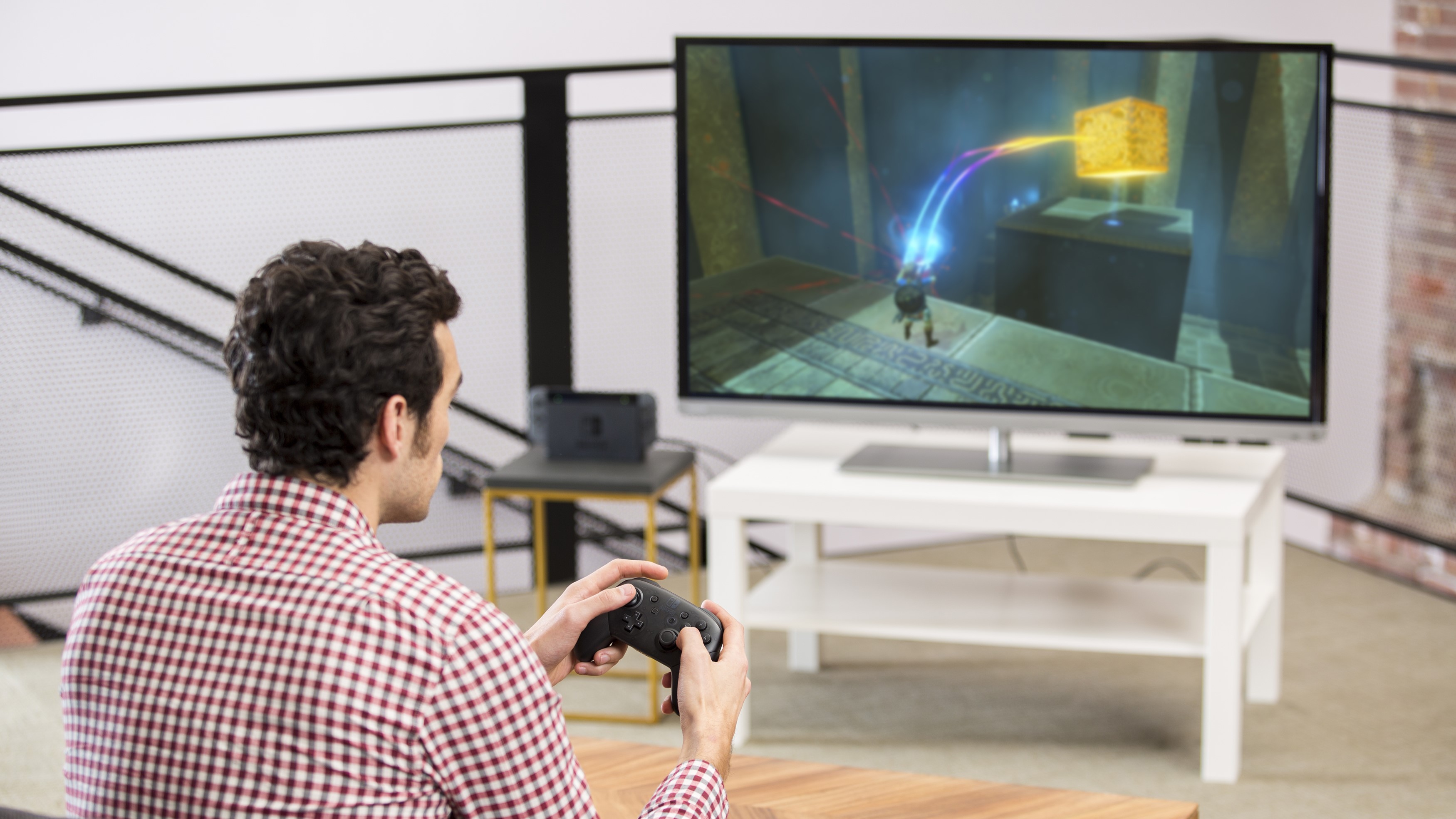
Love ‘em or hate ‘em, motion controls have become a staple in some Nintendo games as to date, it has been the only company to pull them off in a way that works well. Every Nintendo console has built upon the foundation laid by its predecessors and the Switch was no exception here. The Wii brought motion controls to the masses and instead of abandoning them to solely go after hardcore gamers, Nintendo found a way to implement them in the Switch.
Right off the bat, anyone who bought a Switch at launch was immediately introduced to the console’s motion controls in Breath of the Wild. Unlike in Skyward Sword though, the game didn’t depend on them to work. Instead, there were a handful of shrines in Breath of the Wild that required them, but you could also use them for aiming.
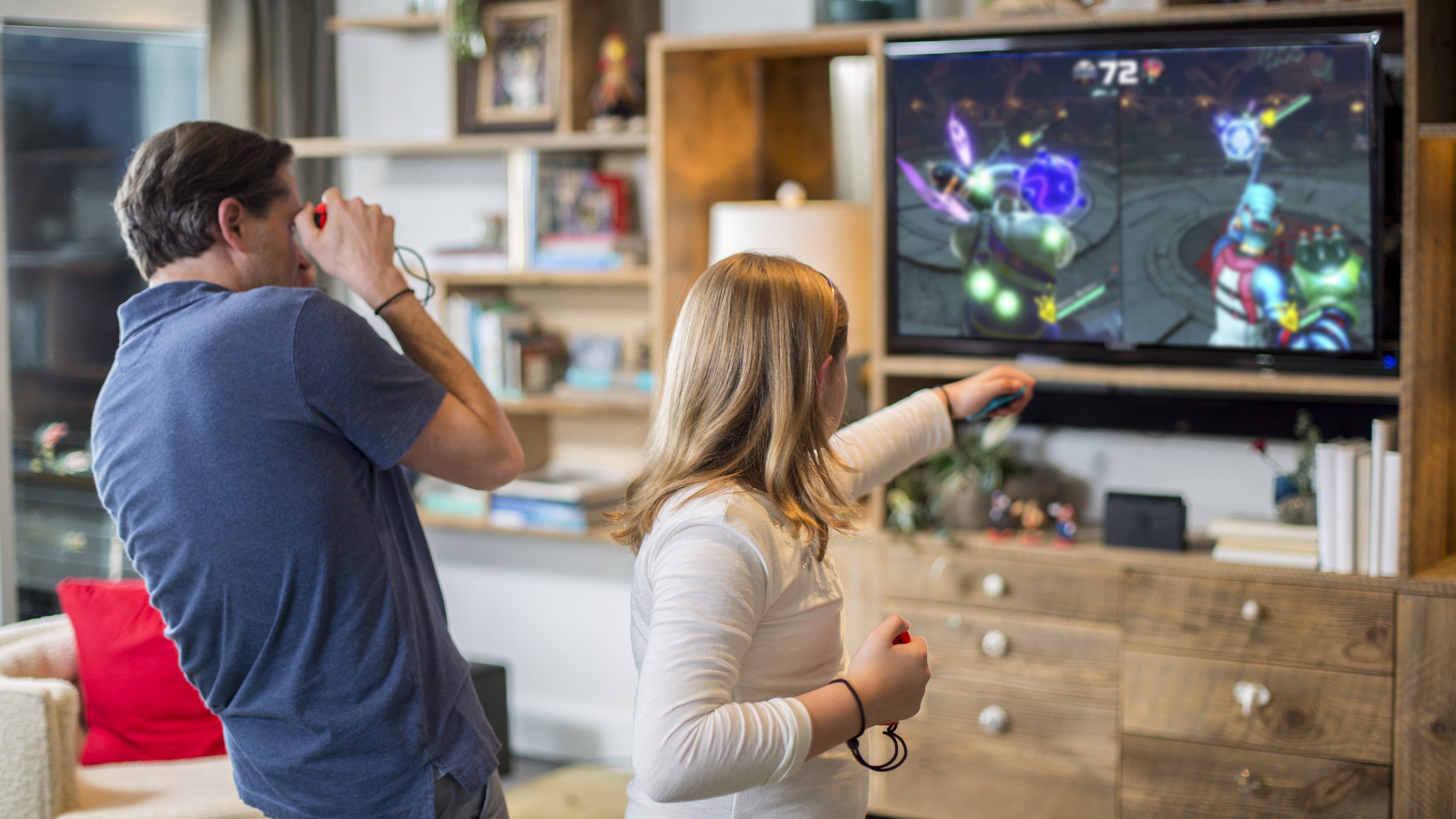
Although it didn’t see the success I had hoped for, Arms turned out to be my second favorite launch game after Breath of the Wild. Sure, you could play the game with a Nintendo Switch Pro controller but you could also use a pair of Joy-Cons with one in each hand to fully control your character and their punches and grabs. As I skipped the Wii, I immediately fell in love with the motion controls in Arms and played the game for dozens of hours, even when it died down online.
Besides traditional games, there were a number of other experiences on the Switch that relied on motion controls to work. From 1, 2 Switch at launch to Ring Fit Adventure and even Jump Rope Challenge, if you like motion controls, the Switch was really the only place to find them until the best VR headsets helped bring them back in a big way.
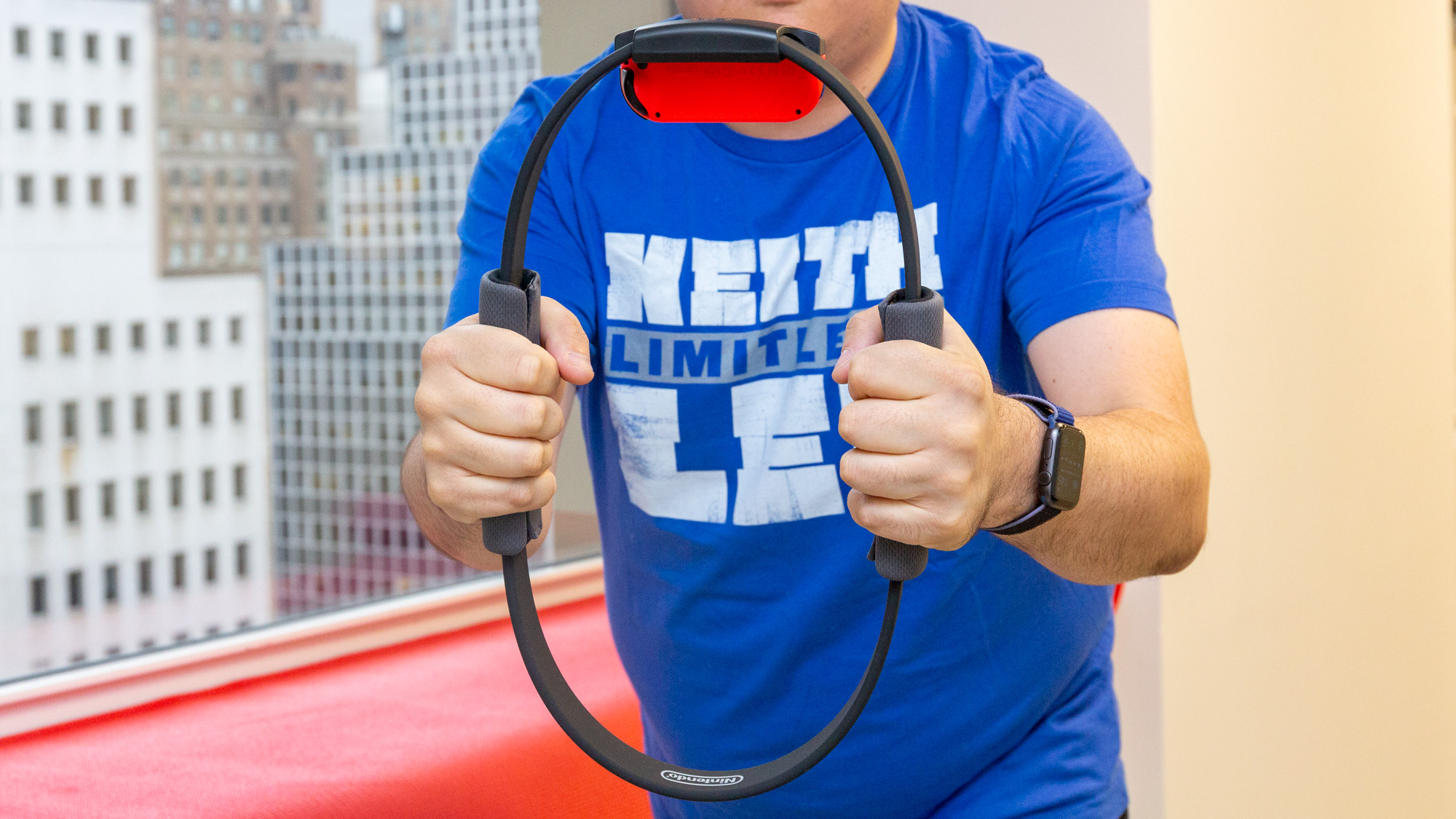
In addition to launching at the perfect time just like with Animal Crossing, Ring Fit Adventure showed just how well gamification and fitness can go together. Since we never get a follow-up to that game, I’d love to see a Ring Fit Adventure 2 on the Switch 2. If the new console still has Joy-Cons and if they also get an upgrade, we could see better motion tracking and other cool features that make use of them.
One of the most interesting things about Ring Fit Adventure though is how it uses the right Joy-Con’s IR sensor to take your heart rate after a workout. Maybe we could see even more health metrics captured and tracked by the upgraded Joy-Cons on the Switch 2.
Likewise, I’d love to be able to play Ring Fit Adventure together with a friend in co-op. While online co-op would make the most sense, local co-op could be a fun way to work out with your friends and family in the same room.
Building can be as fun as playing
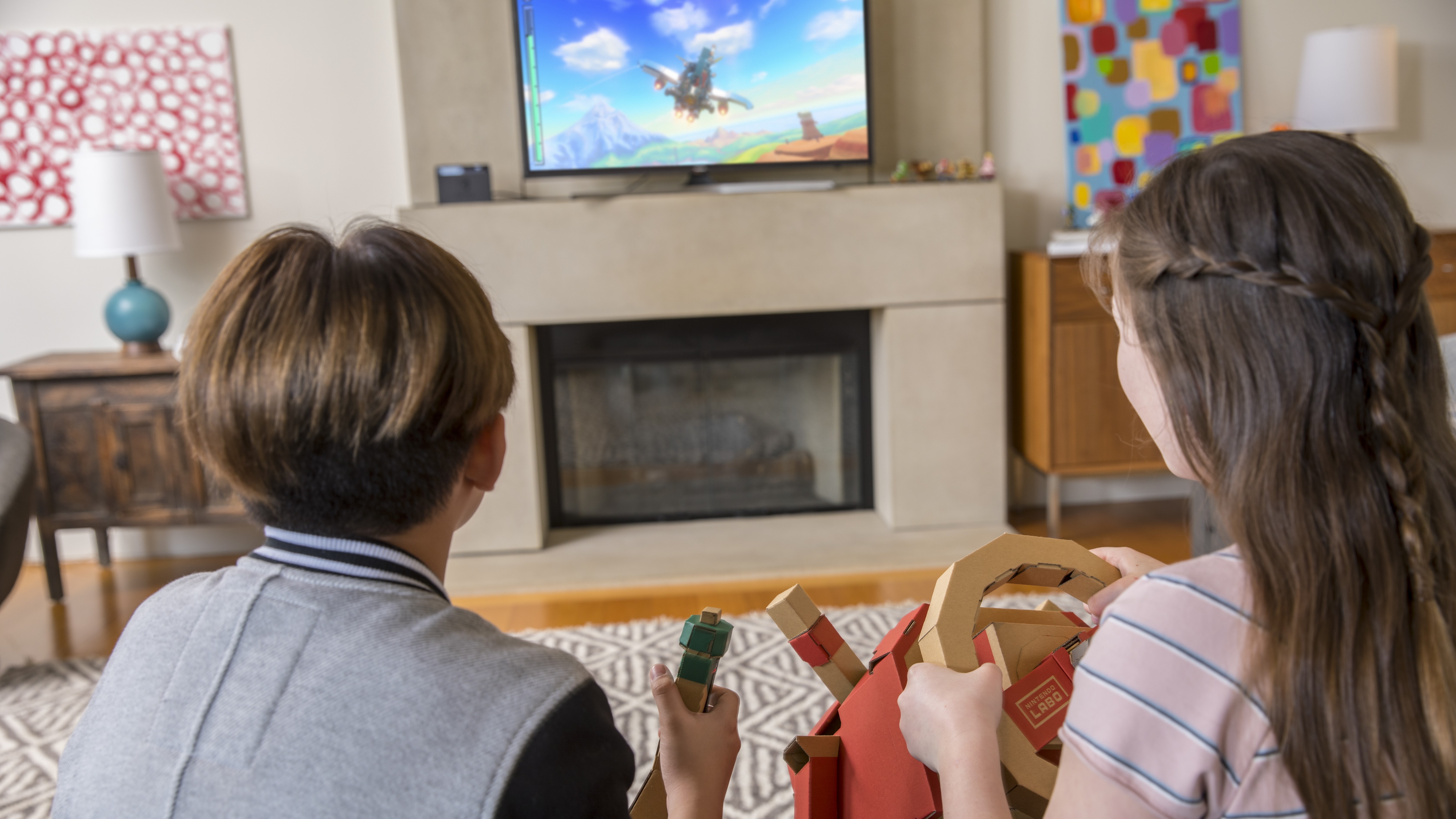
With the original Switch, Nintendo also showed us just how fun it can be to build games in addition to playing them. If you’ve forgotten about Nintendo Labo, I wouldn’t blame you, as this line of DIY cardboard toys/games was aimed at kids instead of adults. However, if you were a parent with a young kid in 2018, putting together all of the various Labo kits and then playing their respective games was likely an experience you’ll never forget.
From a mini piano to a giant robot suit and even a starter VR headset, there were four different Labo sets with a ton to do in each. Labo really built on the hybrid nature of the Switch while showing that at the end of the day, most kids really will be content playing with a cardboard box.

While you could build real-world objects and use them to interact with your Switch, Nintendo also gave young gamers a chance to build their own games. Like with the game Dreams on PlayStation, Game Builder Garage wasn’t as successful as some had hoped it might have been. Still, it gave young children their first taste of developing their own game using a visual programming language. It also had plenty of lessons to walk them through each part of the game creation process.
I hope that Nintendo doesn’t abandon either of these ideas with the Switch 2. Unlike other consoles that are just for playing games, the Switch and hopefully its successor will continue to be about experiences. Nintendo Labo wasn’t the only way that Nintendo brought video games into the real world with the Switch though.
Mario Kart in your living room

Even though it was almost a launch game and actually came out on the Wii U first, Mario Kart 8 Deluxe remains the best selling Switch game of all time with 60 million copies sold. As one of the best multiplayer Switch games overall, this makes perfect sense, especially as you and up to three friends or family members can play on the same couch together or up to eight people total with two consoles and two copies of the game.
Despite everything else going on at the time, 2020 was a huge year for the Switch in terms of experimentation, and right before the holidays, Nintendo released Mario Kart Live: Home Circuit. This one really came out of nowhere and if you told me as a kid that one day I’d be able to play Mario Kart with RC cars in my living room, there’s no way I would have believed you.
If you’re unfamiliar with this game, basically it allows you to use a toy RC car equipped with a camera to race around your house and see where you’re driving in real time on either the Switch’s screen or on your TV.
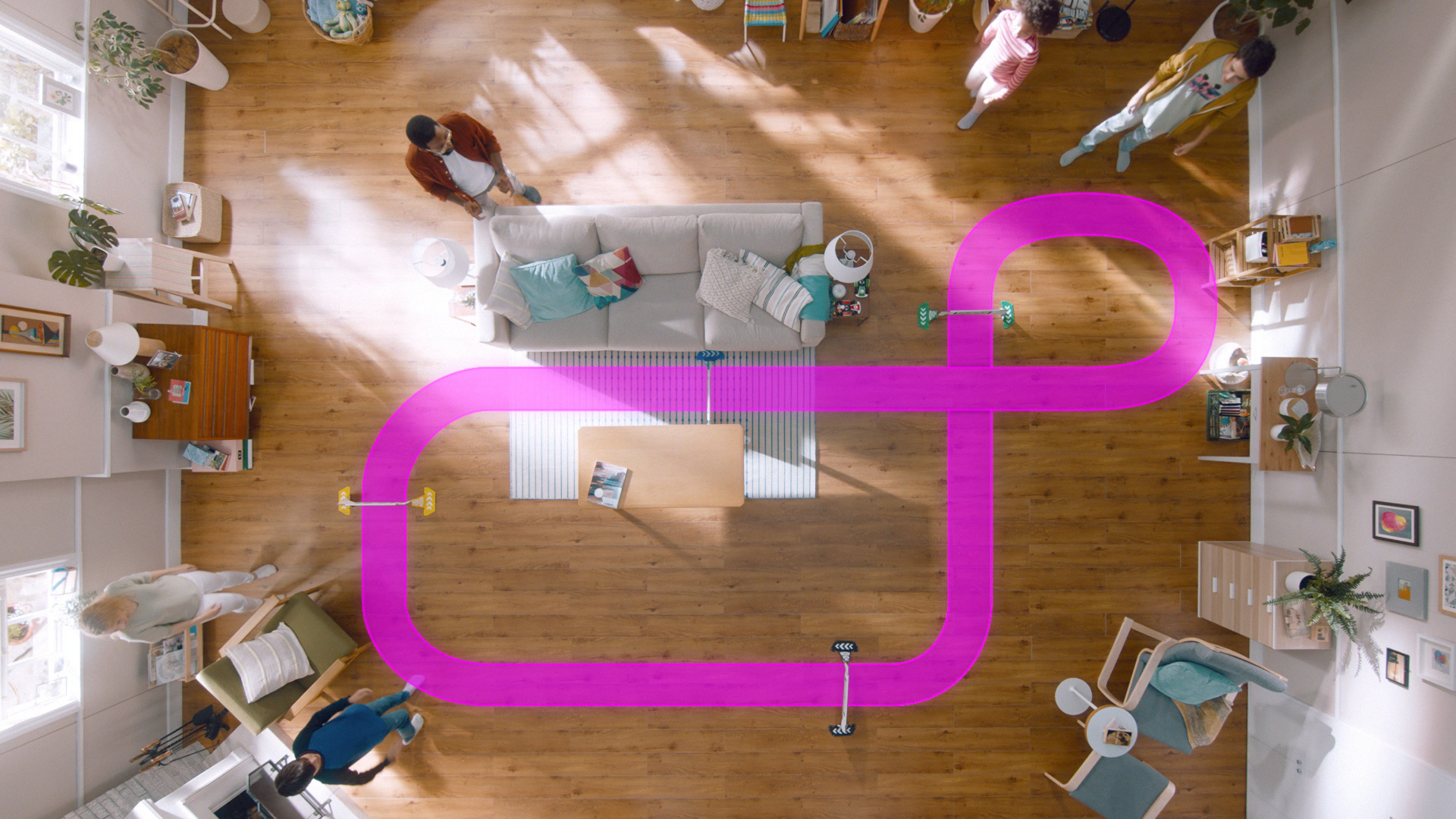
What’s really fun about Mario Kart Live: Home Circuit is that unlike with past Mario Kart games, you get to design and build the courses yourself. Whether you buy the Mario version or the Luigi one, in addition to the RC car, you also get a set of cardboard gates that you use to design your levels. However, you can also use real world objects like blocks, pillows or anything else you can find at home to make your levels more challenging.
I still haven’t had a chance to try out Mario Kart Live: Home Circuit for myself but now that my son is growing up fast, I plan on buying a copy while I still can for when he’s old enough. With the Switch 2, I would love to see Nintendo build on this concept by improving the RC cars, making them cheaper and giving Mario Kart fans even more characters to pick from. A Super Mario Kart Maker game could be a fun idea too.
Breathing new life into older games
Due to the commercial disappointment that was the Wii U, Nintendo found itself in a very interesting position with the Switch. The company had a number of truly great games that most of its new and returning fanbase with the Switch never got to experience. For other companies, just porting these games to a new console would be enough but Nintendo went the extra mile by adding new content and capabilities to them.
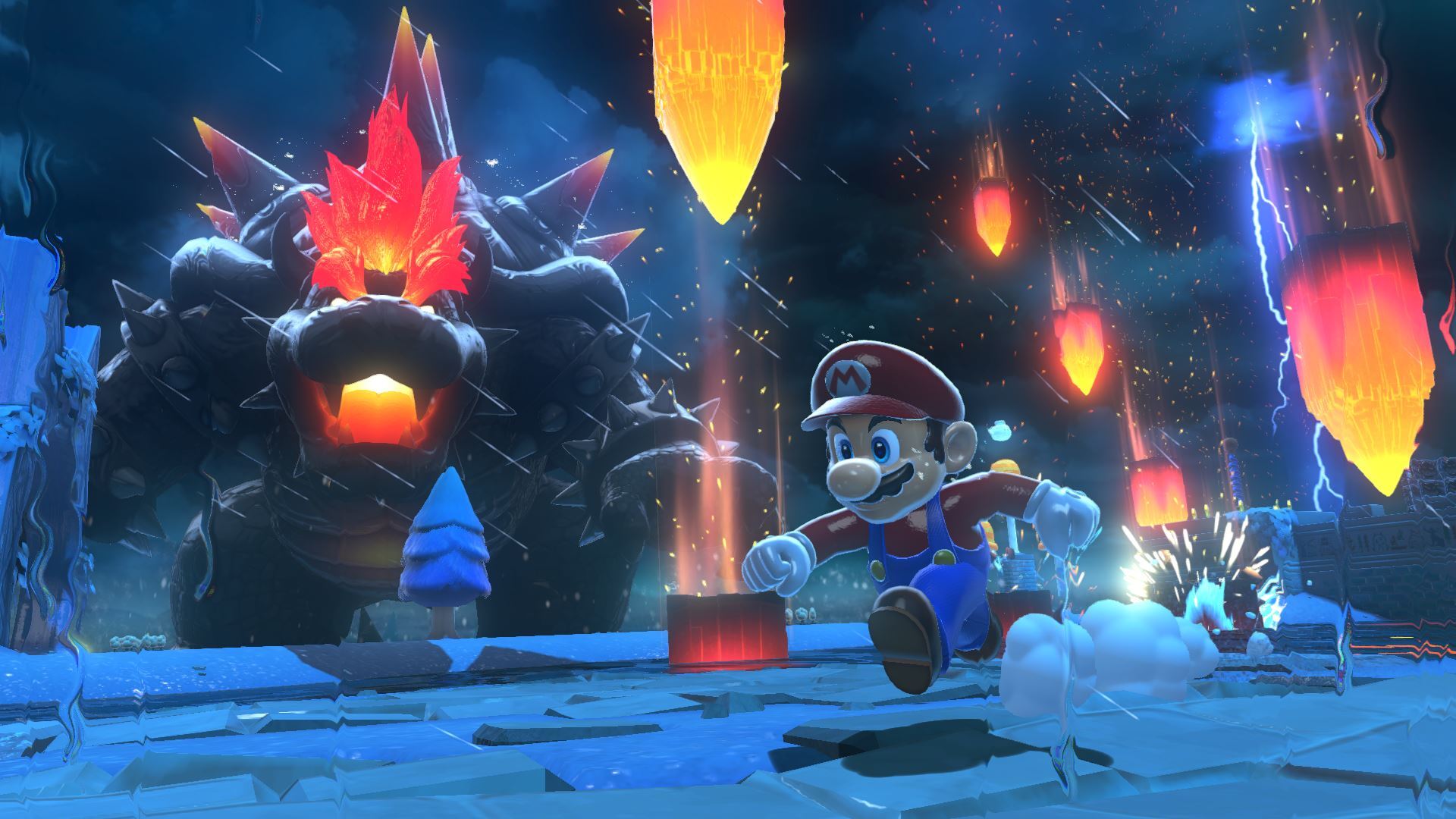
There were more than a dozen Wii U titles that got ported to the Switch and each one saw its fair share of enhancements. Mario Kart 8 Deluxe got new tracks while Donkey Kong Country: Tropical Freeze added a new Funky Kong mode to make things easier for younger players. However, of the Wii U titles ported to the Switch, Super Mario 3D World is my personal favorite as it added a whole new expansion called Bowser’s Fury.
Just like Super Mario Odyssey did, Bowser’s Fury sets the bar even higher for future 3D Mario games. For starters, it’s the first Mario game to feature an open world which sees the iconic plumber traveling from island to island in an attempt to rid them of a black sludge which has infected the land.
Another first in Bowser’s Fury is that every few minutes, the sky turns dark and the much larger Fury Bowser emerges to take on Mario. Even if you’ve already played 3D World on the Wii U like I did, this updated version of the game is worth experiencing just to see how Nintendo has turned the typical 3D Mario experience on its head.

While we did have to wait quite some time for its release, Nintendo Switch Online brought many of the best features from the SNES Classic to the company’s new online service. From adding online multiplayer to being able to rewind and try again, Nintendo Switch Online is the perfect mix of new features and nostalgia.
I know the death of Nintendo’s Virtual Console is something fans of it still haven’t gotten over, but this new online service is the best place to play retro Nintendo games from a number of different platforms.
Surprisingly, Nintendo even added classic games from its former rival Sega with the addition of Sega Genesis as part of its Expansion Pack for the service. It would be great to see Nintendo Switch Online get even more platforms with the Switch 2 like GameCube and Wii.
Personally though, I’d love to see 2DS and 3DS games come to the service and for this, Nintendo could let you use your existing Switch console as a second screen just like it did with the Wii U.
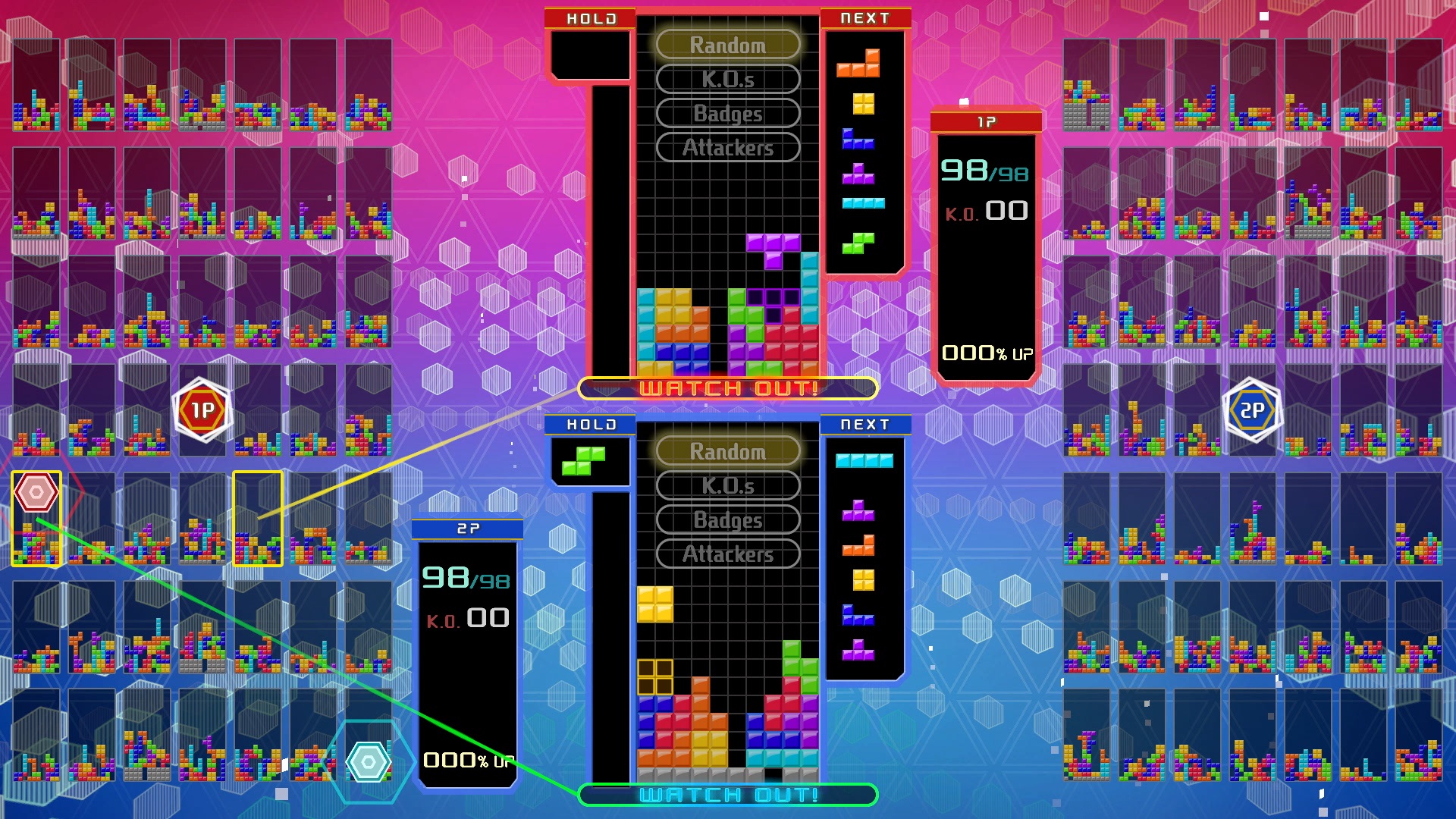
As battle royale games like Fortnite were all the rage, Nintendo managed to bring this same idea to the Switch but with a retro twist. Pac-Man 99, Tetris 99, and the more recent F-Zero 99, let you play some of the favorite games from your childhood but in a brand new way.
Instead of competing against the computer or your friends locally, you’re competing with 98 other players online to be the last one standing. On top of this, all of these games were made available for free to Nintendo Switch Online subscribers.
99 is a nice number for a battle royale, so I don’t think that will change. However, what if we got Nintendo 64-style battle royale games for the Switch 2? Imagine playing Star Fox 99 or Wave Race 99, now that would be cool.
The Switch 2 has big shoes to fill
Even though it’s now been 7 years since the Nintendo Switch first released, we still have a bit more time to wait until the Switch 2. Since the best handheld game consoles have come so far in the time since though, this could actually be a good thing if a more powerful Nintendo console with 4K visuals and ray-tracing is what you’re after.
Personally, I’m more excited to see Nintendo try its hand at even more unique experiences like the ones discussed above. While the company could build on Labo, Ring Fit Adventure, and Mario Kart Live: Home Circuit, I’m sure it has even bigger plans in the works. Let’s just hope we get to experience them sooner rather than later.







